Hey all! Real Farmer Jeff here.
Blossom-end rot is one of the most frustrating issues for gardeners growing tomatoes, peppers, squash, and some other vegetables. It can ruin a significant portion of your harvest, and because the damage often appears after the fruit has been developing for weeks, it can be especially disheartening.
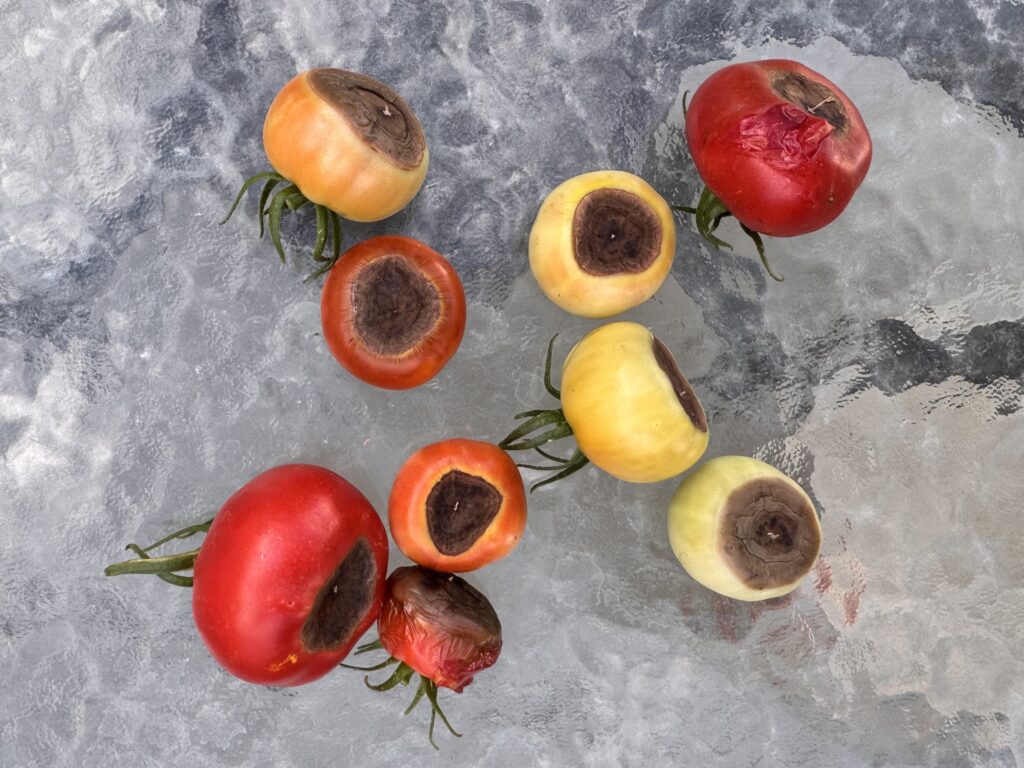
In this blog post, I will walk through what exactly blossom-end rot is, why it happens, and what you can do to prevent it in the future. Let’s get started!
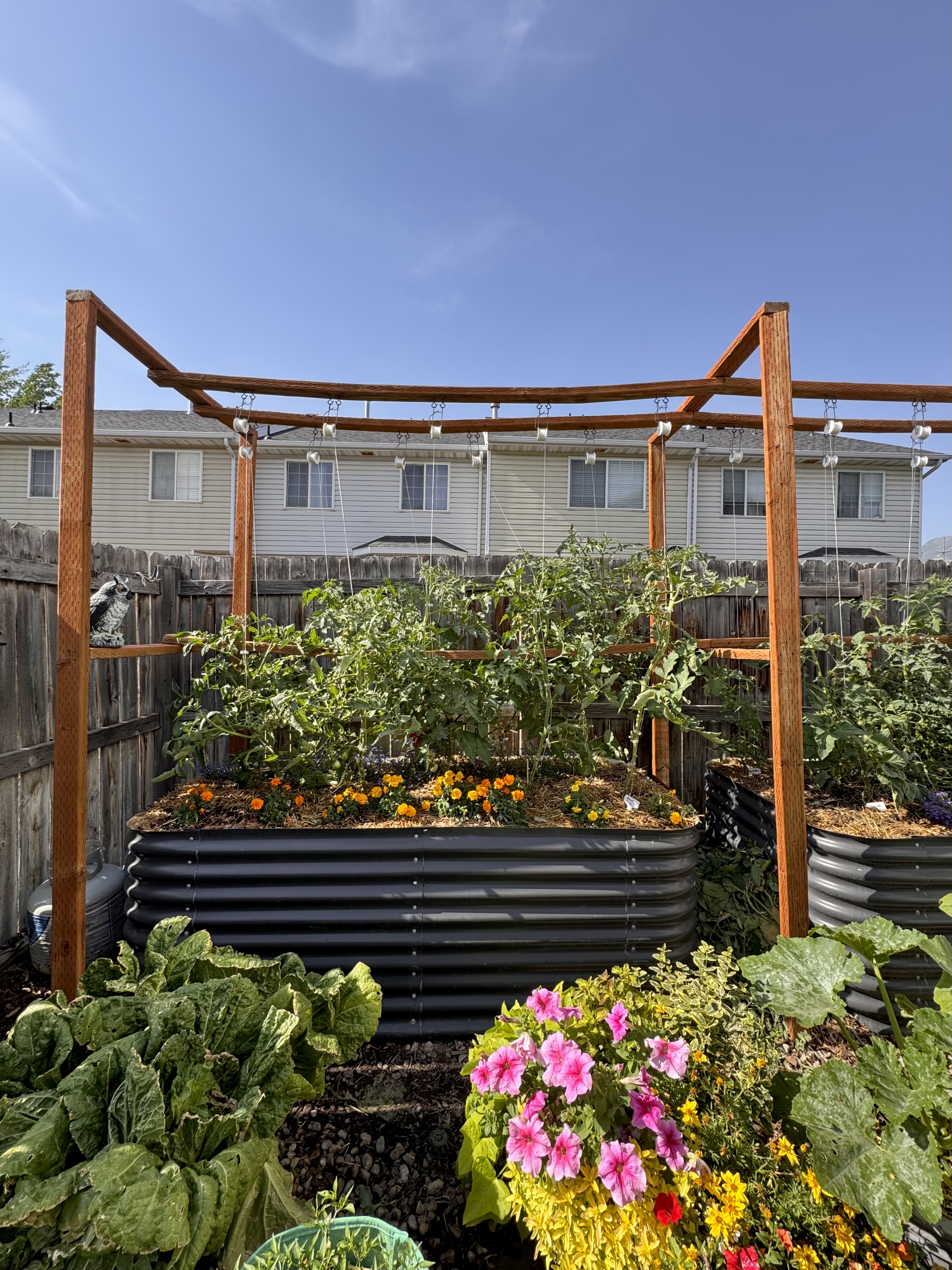
Most Commonly Affected Vegetables
Blossom end rot primarily affects fruiting vegetables where the fruit develops from a flower, including:
- Tomatoes: The most common and well-known crop affected.
- Peppers: Both sweet and hot varieties.
- Squash: Including zucchini and pumpkins.
- Eggplants: Less commonly but still possible.
These vegetables are particularly vulnerable because their fruits rely heavily on calcium transported from the roots to the developing fruit, and disruptions in calcium uptake show up clearly on the fruit itself.
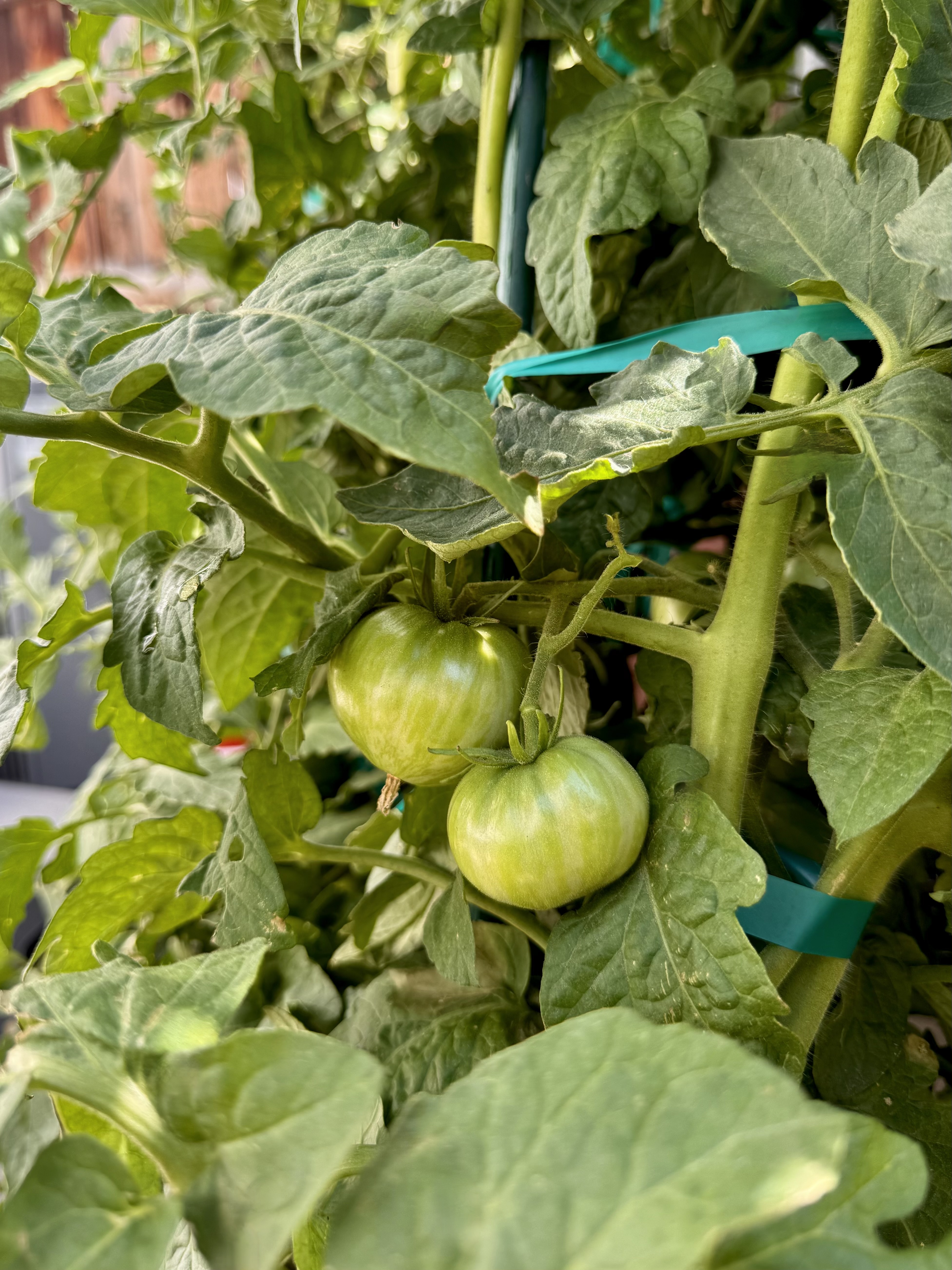
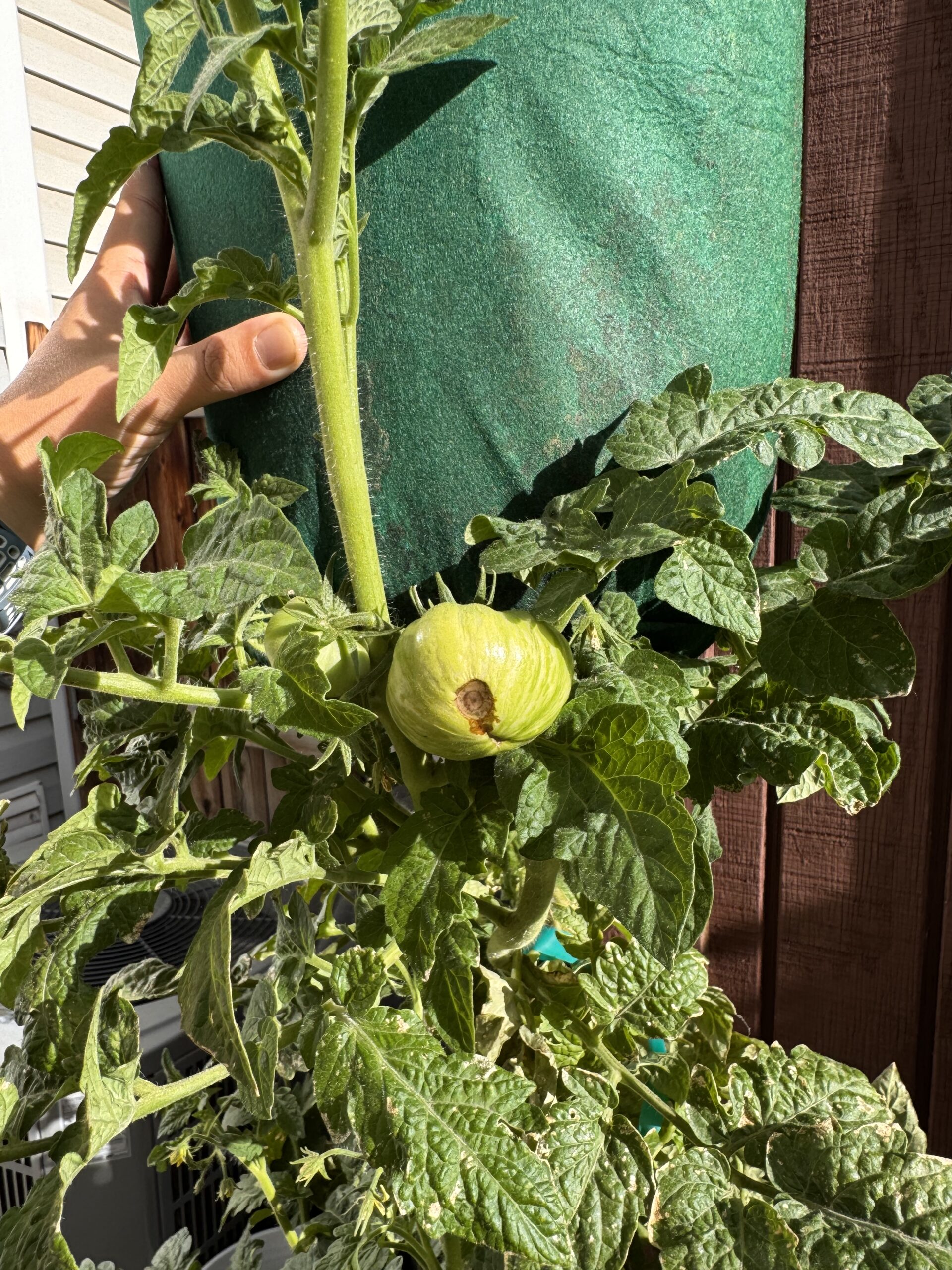
What is the “Blossom-End”?
The term blossom end rot comes from the location of the damage. The blossom end is the opposite side of the fruit from where it attaches to the stem. Specifically, it is the bottom tip of the tomato, pepper, or squash where the flower was originally attached.
The rot starts here because this part of the fruit is most sensitive to calcium deficiency and the breakdown of cells first appears at this point.
How Big of a Problem Is Blossom-End Rot?
Blossom end rot can affect anywhere from 10% to over 50% of your fruit in a given season, depending on conditions. For some gardeners, entire crops may be severely impacted, leading to disappointing harvests despite healthy-looking plants for much of the season. Because the rot usually appears on mature fruit, it’s not always immediately obvious and can catch you by surprise just as you’re about to harvest.
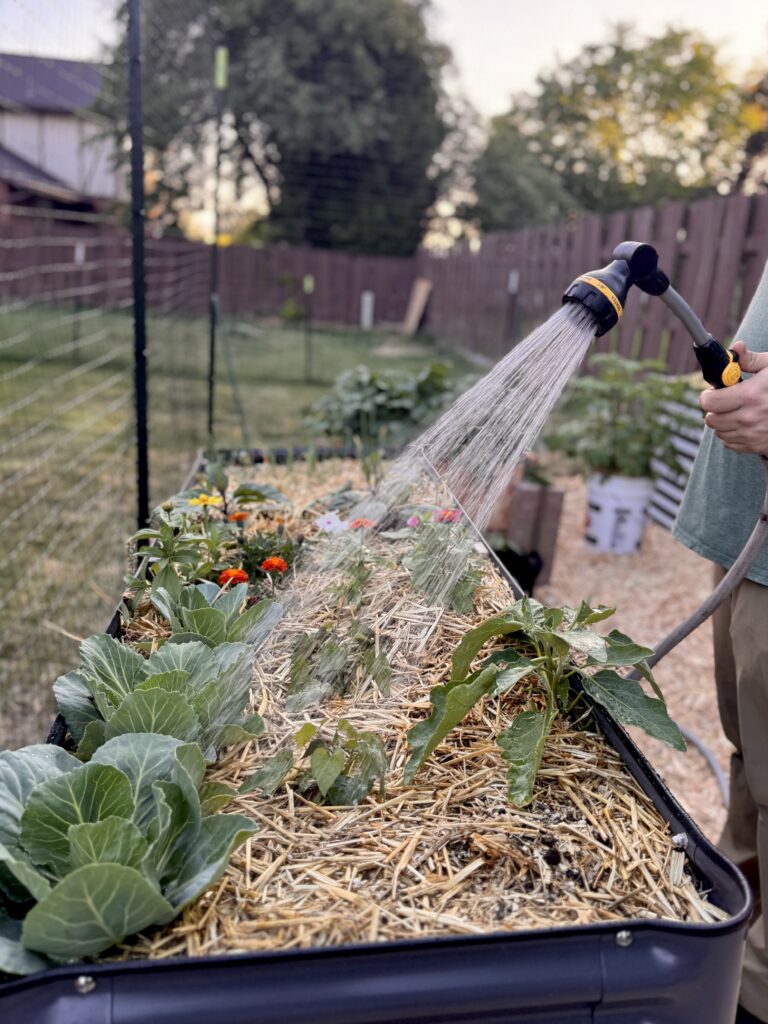
Blossom-End Rot Causes
Blossom end rot is caused by a calcium deficiency in the developing fruit, but this deficiency is rarely due to a lack of calcium in the soil. More often, it’s a symptom of inconsistent watering or environmental stress that disrupts the plant’s ability to transport calcium to the fruit.
Calcium moves with water through the plant’s vascular system. For example, when watering is uneven and the plants alternate between drought and heavy watering, calcium uptake can be limited causing cells at the blossom end of the fruit to break down and decay. Calcium is essential for fruit because it strengthens cell walls, helping the fruit stay firm and resist decay.
Other factors that can contribute include:
- High salt levels in the soil, which interfere with calcium absorption.
- Excessive nitrogen fertilization, which promotes rapid leaf growth at the expense of fruit development.
- Root damage or poor soil conditions that inhibit nutrient uptake.
What to Do If You See Blossom-End Rot:
If you notice blossom end rot starting on your fruit, here are some steps to help manage it:
- Maintain Consistent Watering: Aim for deep, even watering throughout the growing season. Mulching can help retain soil moisture.
- Avoid Over-Fertilizing: This is specially the case with high-nitrogen fertilizers.
- Add Calcium if Needed: You can use gypsum or lime (dolomite) to adjust soil calcium levels, but most gardeners will benefit more from consistent watering than from soil amendments.
- Remove Severely Affected Fruit: Removing large, affected fruits can help redirect energy to healthy developing fruit. However, if damage is very minor it is possible to still eat part of the fruit.
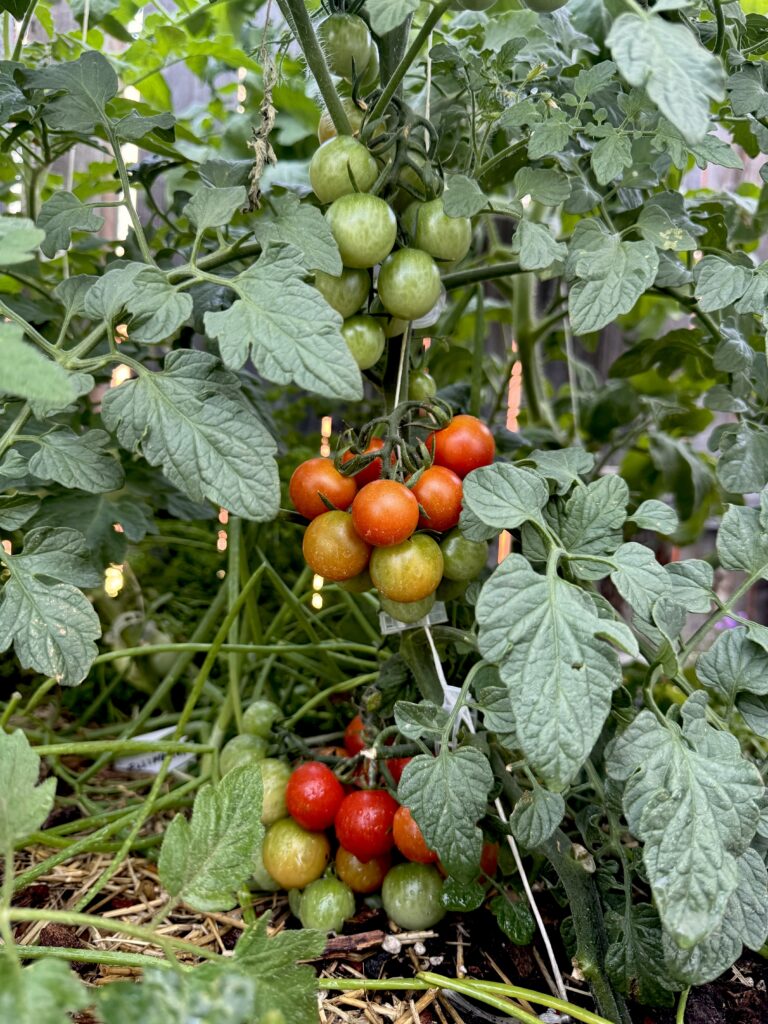
Can Plants Bounce Back?
Yes! Healthy plants can often recover from blossom end rot stress and produce unaffected fruit later in the season once consistent care is restored. It’s important to address watering and nutrient balance early and continue monitoring throughout the season.
Thanks for reading along, guys! If you enjoyed this blog post, check out my other gardening blog posts:
- How to Start a Garden on a Budget for Under $100
- Essential and Nice-to-Have Garden Products for Your Perfect Setup
- My Garden Setup: 3 Best Garden Containers for Every Gardener
- Understanding Garden Light and Shade: A Simple Guide
- How to Build a Homemade Trellis Using Cattle Panel
Follow me on social media for daily content and instructional videos about gardening!
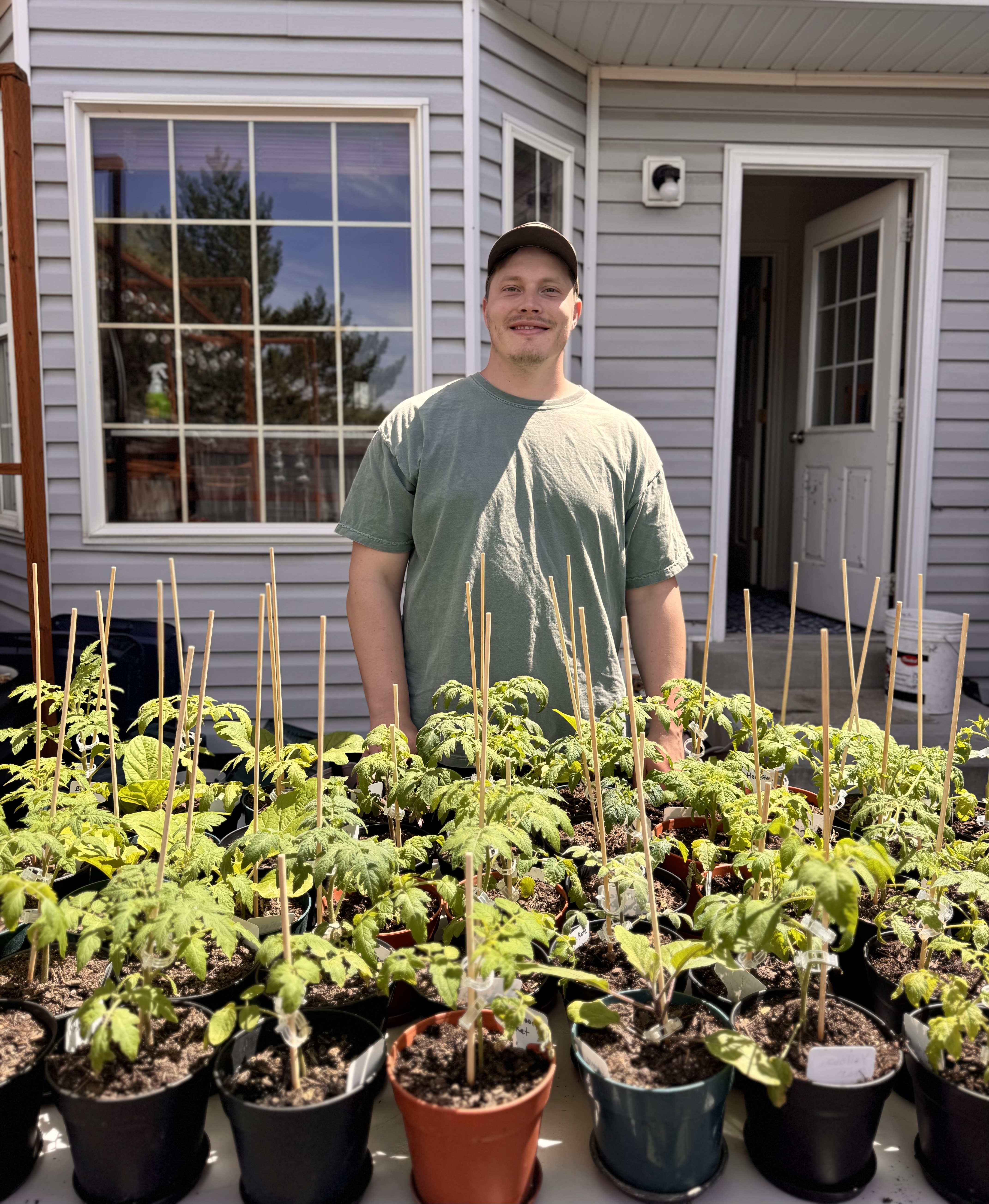




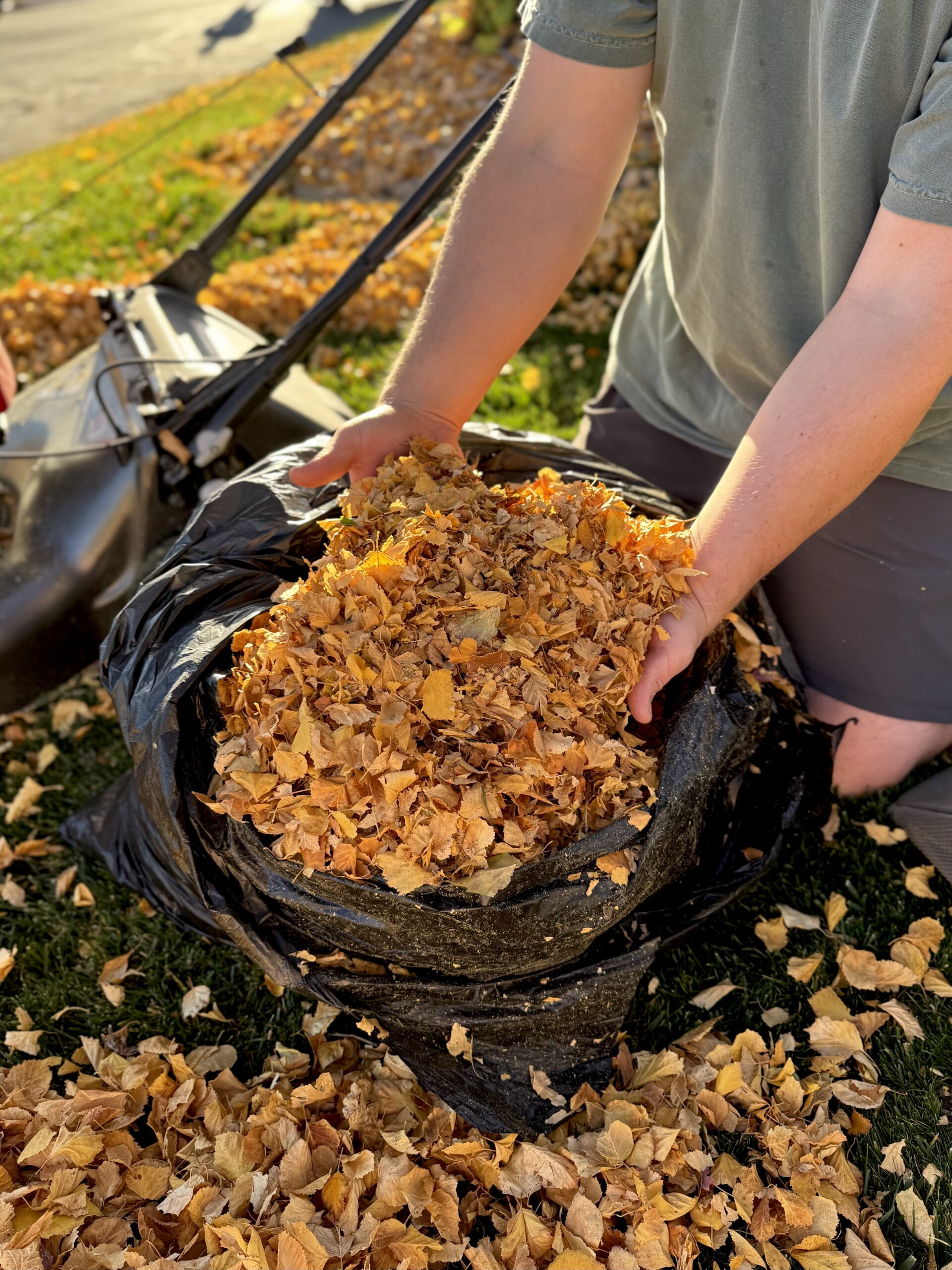
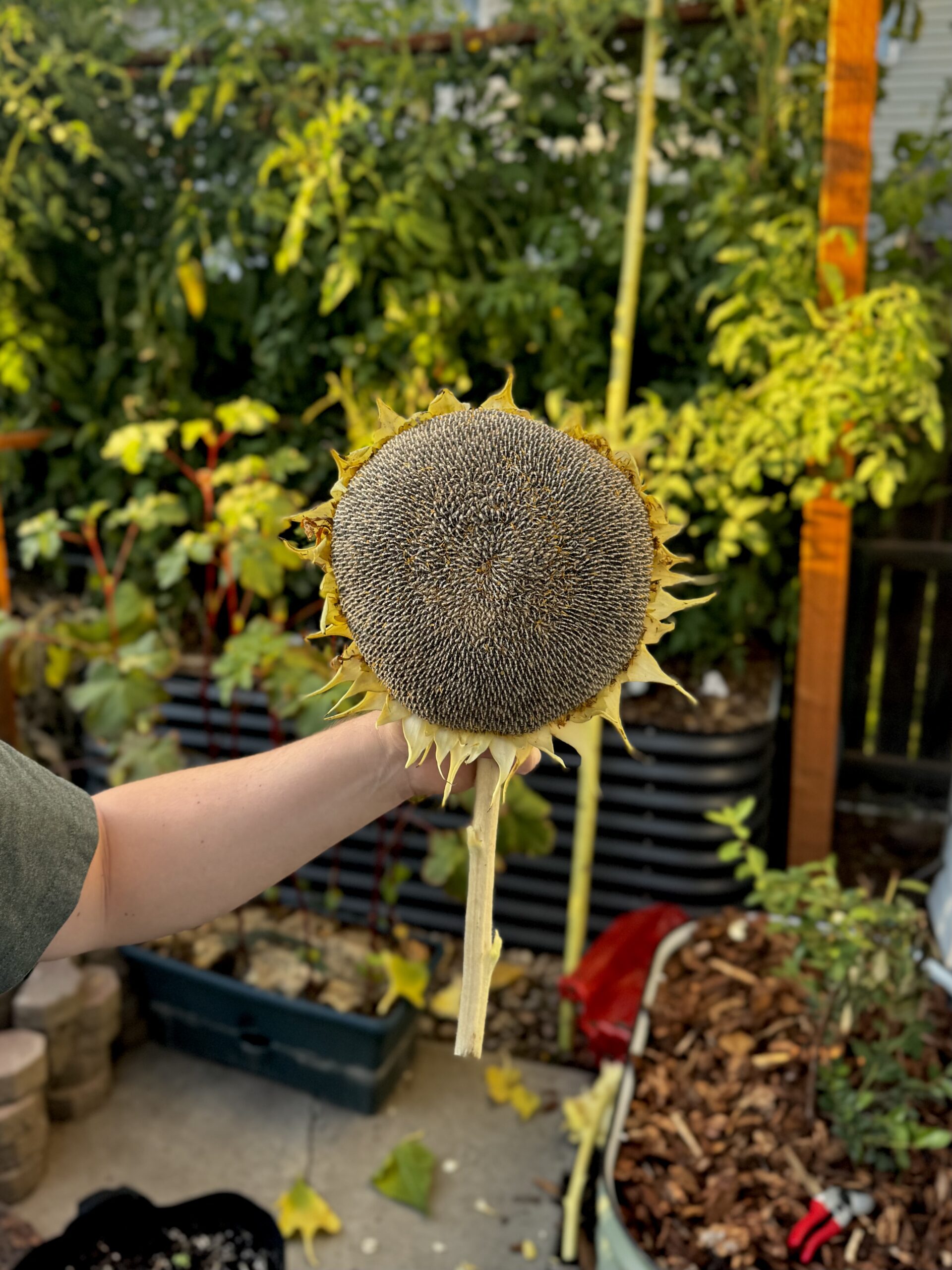
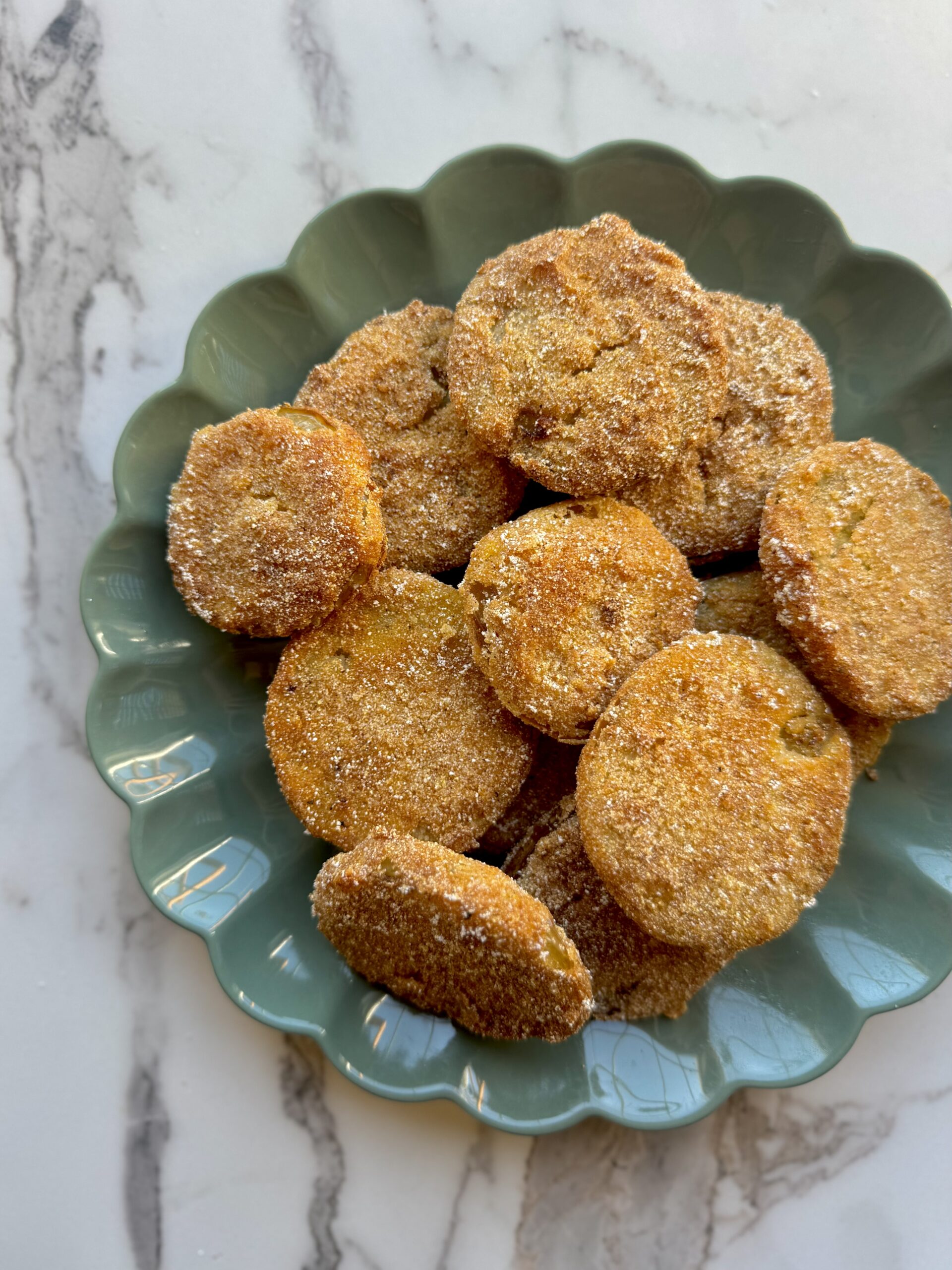
0 Comments